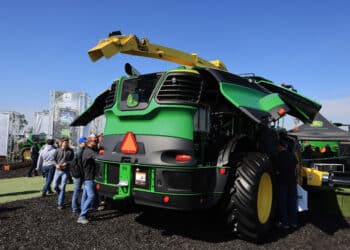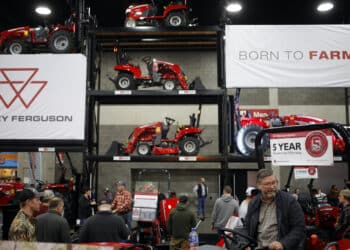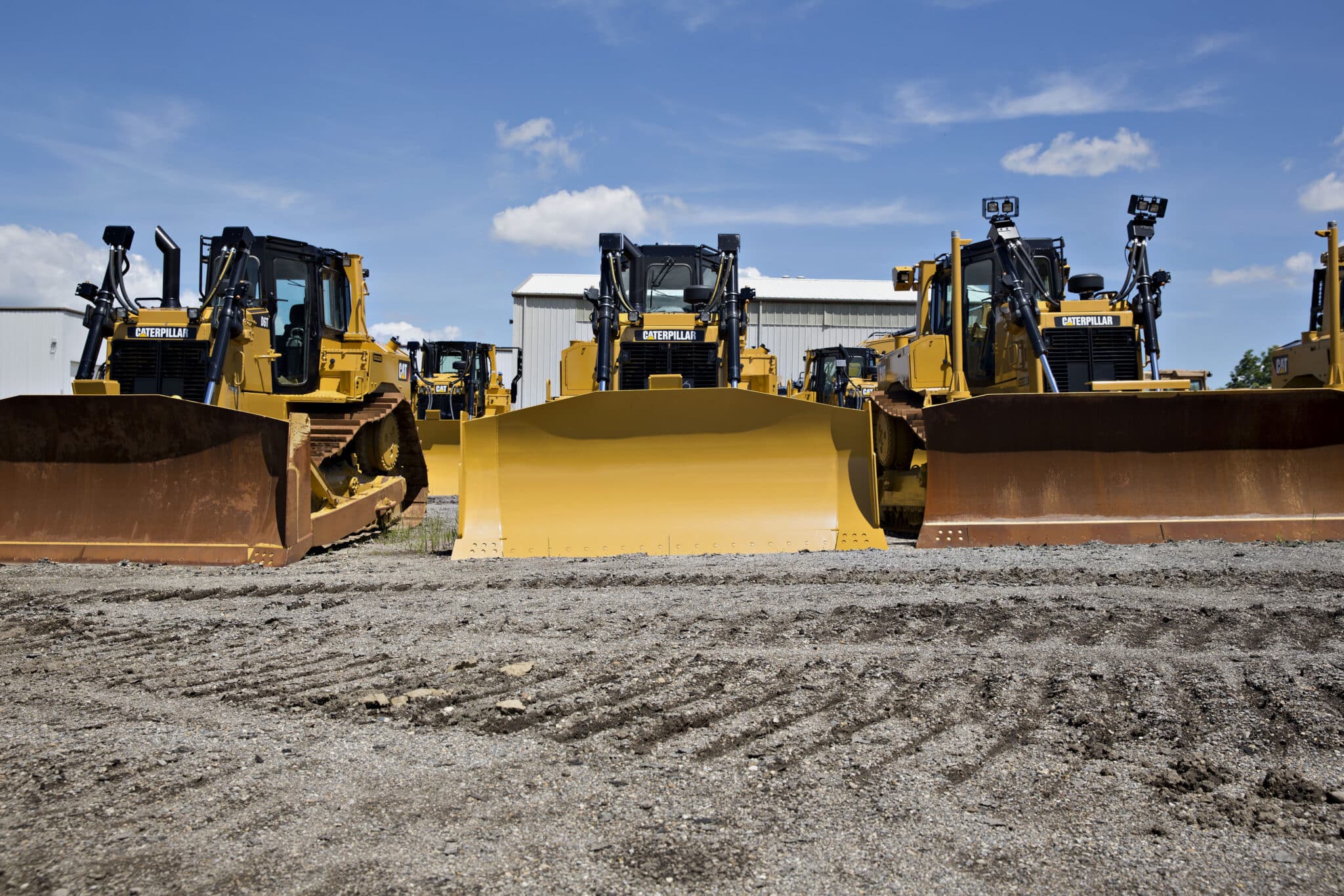Equipment dealers and lenders are wary of the United States’ manufacturing capabilities as President Donald Trump strives for reshoring, with OEMs showing mixed responses to global trade conflicts.
One of the primary objectives of Trump’s tariffs is to protect and restore domestic industries, Kara Smith, professor of economics and department chair of economics and finance at Belmont University, said during a fireside chat last week at Equipment Finance Connect 2025 in Nashville, Tenn.
But when Smith asked roughly 80 dealers, lenders and other industry professionals in the audience if they thought the U.S. could successfully onshore the equipment that they sell and finance, just one person raised a hand.
What are the challenges?
One challenge that the U.S. faces regarding onshoring is “a tight regulatory environment compared to a lot of the countries that we import from,” Smith said.
“So, onshore manufacturing means figuring out a new way a lot of times to produce a product that will meet those local regulatory or federal regulatory requirements, especially around environmental safety,” she said.
Another challenge is matching the electric production capacity that many manufacturing-centric countries have, she said. “Our infrastructure is not there.”
Plus, the U.S. manufacturing labor market “has not grown that much” despite slightly higher output compared to last year, Smith said.
“That right there is your evidence that we’re becoming more efficient, enabled by a variety of technologies,” she said. “The prospect of bringing industry back to the U.S. is probably not the windfall employment opportunity that we might hope that it could be.”
The U.S. manufacturing sector lost approximately 1,000 workers in April, according to the National Association of Manufacturers. However, domestic manufacturing employment is slightly above pre-pandemic levels, with nearly 12.8 million workers in April, compared with an average of slightly more than 12.6 million employees from 2017 to 2019.
Meanwhile, total manufacturing output fell 0.4% month over month in April, but rose 1.2% year over year, according to the Federal Reserve’s May 15 Industrial Production and Capacity Utilization report. That followed increases of 0.4% MoM and 1% YoY in March.
OEM responses mixed
Some major OEMs have unveiled plans to expand or shift manufacturing operations to navigate tariff uncertainty, while others appear to be staying the course.
British construction and agriculture equipment manufacturer JCB plans to double its San Antonio plant to 1 million square feet, according to an April 4 company release.
“In the short term, the imposition of tariffs will have a significant impact on our business,” former Chief Executive Graeme Macdonald stated in the release. “However, in the medium term, our planned factory in San Antonio will help to mitigate the impact.”
Duluth, Ga.-based farm equipment manufacturer Agco does not expect to make any changes to its production locations in the short term, but the company is “working with our suppliers to move component production around because that’s a little bit more flexible,” CEO Eric Hansotia said during the company’s May 1 earnings call.
John Deere, meanwhile, recently reaffirmed that nearly 80% of its equipment sold in the U.S. and 25% of equipment sold internationally are “built right here in U.S. manufacturing locations,” CEO John May said during the company’s May 15 earnings call.
“We stand by and continue to embrace our American manufacturing heritage as we deliver value for our customers around the world,” he said.
Find more coverage from Equipment Finance Connect here.









